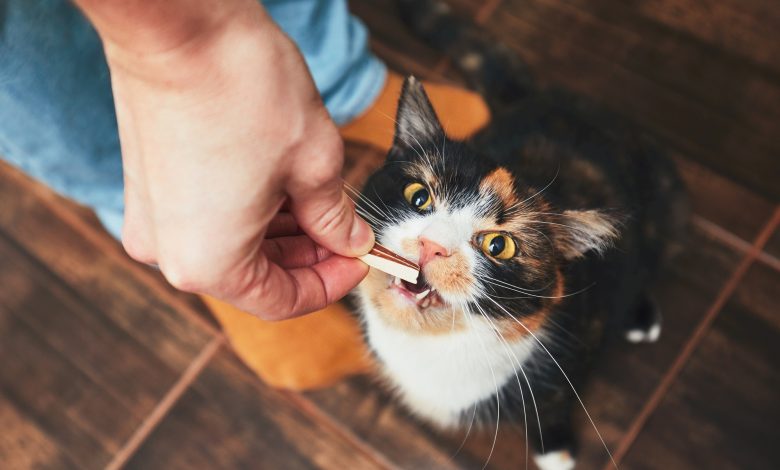The Different Types Of Cat Vaccinations And When To Get Them

Having a cat is one of the most rewarding experiences. There is nothing better than coming home to your affectionate little creature, petting them, and feeding them delicious treats.
But many cat owners don’t realize that their pet comes with a lot of responsibility. To maintain their health, they need frequent vaccinations and comprehensive veterinary care.
While some people might think that they’re saving money by not getting their pet vaccinated, they could end up costing you a lot more in veterinary bills.
But what are the different types of cat vaccinations? Read on to find out more.
Rabies Vaccine
Cat vaccinations are an important part of pet health and safety. One such vaccination is the rabies vaccine, which protects cats from the deadly virus. It’s important to have cats vaccinated against rabies to ensure their safety.
The rabies vaccine is a core vaccine and is usually given to cats as a three-year vaccine. It is usually given to kittens at 4 months of age or older, and then again a year later. If they are outdoors, they may need to get the vaccine more frequently depending on their area and risk of exposure.
FVRCP Vaccine
The FVRCP vaccine is an essential component of a vaccination regimen for cats. It stands for Feline Viral Rhinotracheitis, Calicivirus, and Panleukopenia, and protects cats against three serious, contagious, and potentially fatal viruses. This combi vaccination is generally given when they are 6 to 8 weeks old and then repeated at 12 to 16 weeks, with boosters every 3 to 4 years.
This vaccine should not be given to kittens younger than 6 weeks old. This is also if the cat is older than 16 weeks, then the two parts of the vaccine should be given at least three weeks apart. Consulting with experts like Raleigh vets about the best time to vaccinate is helpful because every situation is different.
FeLV Vaccine
The Feline Leukemia Virus (FeLV) vaccine is an important vaccine for cats. FeLV can lead to an array of serious illnesses, including anemia, immunosuppression, and cancer. All cats should be tested for FeLV before vaccination and cats that are at higher risk, such as those that go outdoors or come into contact with FeLV-positive cats, should be given the vaccine.
The FeLV vaccine is generally given as an annual booster vaccine. Following the initial vaccine, cats should receive boosters once every three years, or more often depending on how risky their lifestyle is.
Feline Viral Rhinotracheitis
Feline viral rhinotracheitis (FVR) is one of the core feline vaccinations. Vaccines for FVR are strongly advised for all cats, no matter their age. At 8-10 weeks of age, cats should first receive the FVR vaccine, and the release of the vaccine should be repeated every 3-4 weeks until the cat is 16 weeks old.
Boosters should then be given every 1-3 years. Some cats who are at higher risk of any infection may require annual boosters. FVR is mainly contracted through contact with an infected cat and is characterized by a runny nose, sneezing, coughing, eye discharge, and fever.
Make Sure to Get Your Cat All the Cat Vaccinations
It is important to know the different types of cat vaccinations and when to get them for the health and well-being of your pet. Vaccines are essential for preventing serious, even fatal cat diseases. Pet vaccinations are always a priority when it comes to the overall health of your pet.
Ensure your furry friends remain safe and healthy by keeping their vaccinations up-to-date! For more information, contact your veterinarian for help.
If you want to read more interesting articles, visit our blog.
